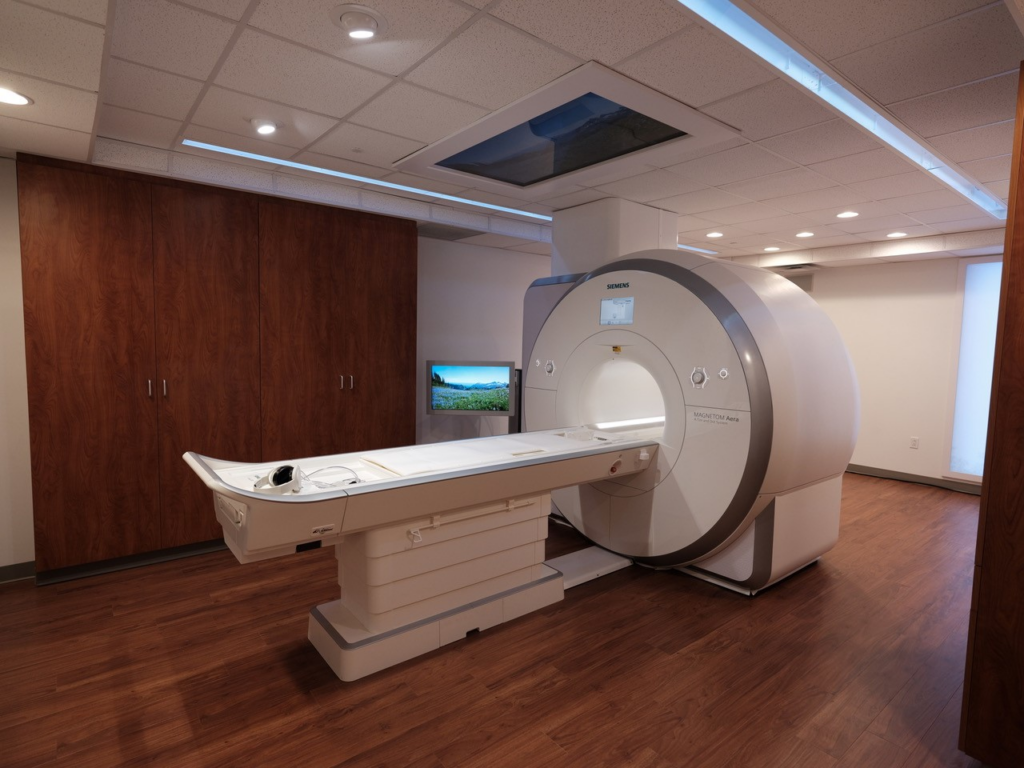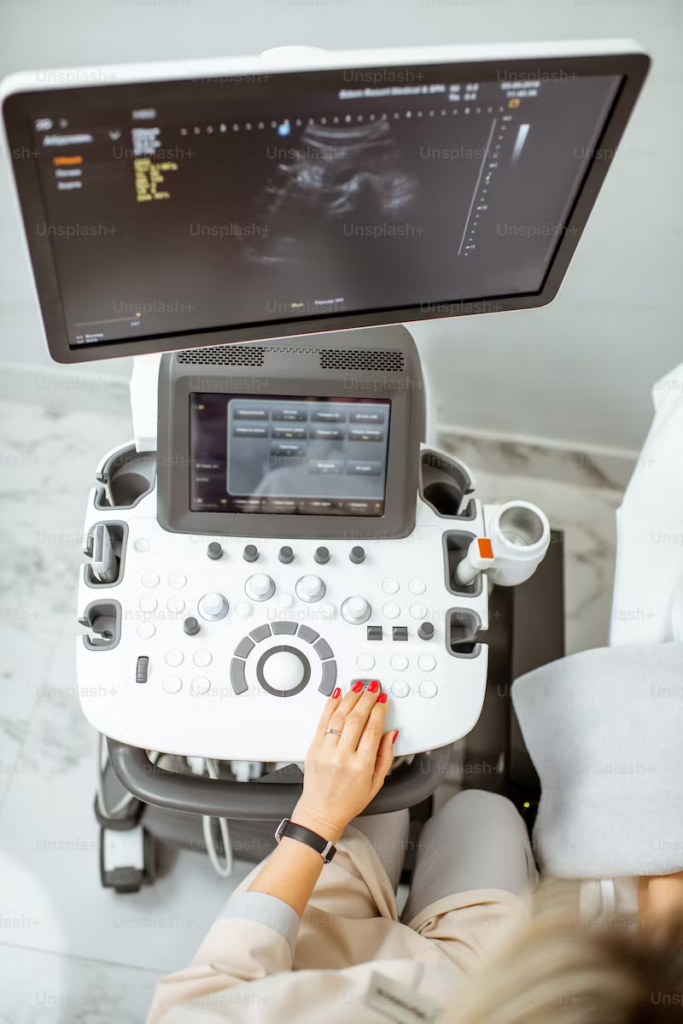
Before doctors can provide any patient with a treatment plan, they turn to various diagnostic imaging methods to provide them with accurate information, enabling them to reach the right diagnosis.
While conventional X-rays are still used under certain conditions, technology has opened up a spectrum of advanced medical imaging techniques that now play a pivotal role in providing doctors with more detailed, more vivid body images and help them achieve unprecedented levels of accuracy.
This blog post delves into the diverse array of medical imaging modalities beyond X-rays. Understanding these technologies is essential for both medical professionals and patients alike.
Let’s explore the intricacies of these imaging techniques, uncover their appropriate uses, and delve deeper into the scenarios in which they prove most beneficial.
1. Magnetic Resonance Imaging
Magnetic resonance imaging (MRI) uses strong magnetic fields and radio waves to produce detailed images of the inside of the body.
Unlike X-rays, which are best for viewing bones, MRIs are exceptionally adept at imaging soft tissues, muscles, the brain, the spinal cord, and nerves.
MRIs are particularly useful in diagnosing conditions like brain tumors, spinal cord injuries, strokes, and musculoskeletal disorders. They provide clear images of tendons and ligaments, making them particularly invaluable in sports medicine.
MRIs are also employed in assessing the health of organs (including the heart, liver, and kidneys) and are essential in the early detection of certain cancers.
Recommended Read: Preparing for Your MRI: A Guide
2. Computed Tomography Scans
Computed tomography (CT) scans use X-rays and computer technology to create detailed cross-sectional images of the body. They offer a more comprehensive picture than a standard X-ray by compiling multiple images taken from different angles to create a 3D representation.
CT scans are often used to quickly examine people who may have internal injuries from accidents or other types of trauma. They’re also invaluable in diagnosing and monitoring the progression of diseases like cancer, heart disease, lung nodules, and liver masses. In addition, CT scans are used to plan and guide certain medical procedures and surgeries.
3. Ultrasound Imaging

Ultrasound imaging, also known as sonography, uses high-frequency sound waves to produce images of structures within the body. It’s a noninvasive method commonly known for its use in obstetrics to view the fetus during pregnancy.
Beyond obstetrics, ultrasound is used to examine organs like the heart (echocardiograms), liver, and kidneys as well as other structures like blood vessels, muscles, and tendons. It’s particularly useful for guiding needle biopsies and diagnosing gallbladder disease, thyroid conditions, and certain types of infections.
4. Positron Emission Tomography (PET) Scans
PET scans are a type of nuclear medicine imaging that uses a small amount of radioactive material to reveal how tissues and organs are functioning. They’re often combined with CT or MRI scans (known as PET-CT and PET-MRI) to provide more detailed imaging.
PET scans are primarily used in oncology for detecting cancer and monitoring its treatment, assessing the effectiveness of chemotherapy, and determining the extent of cancer spread. They’re also used in neurology for examining the brain’s activity in patients with disorders like Alzheimer’s disease.
5. Fluoroscopy
Fluoroscopy is an imaging technique that provides real-time X-ray images on a monitor (much like an X-ray movie). It’s used in diagnostic and therapeutic procedures to observe the movement of a body part, the position of an instrument, or the flow of a contrast agent.
Fluoroscopy is instrumental in guiding a variety of procedures like cardiac catheterization, lumbar puncture, and barium X-rays. It’s also used in orthopedic surgery, pain management, and gastrointestinal studies.
Advanced Imaging at Houston Physicians’ Hospital
At Houston Physicians’ Hospital, we offer a range of advanced medical imaging techniques to ensure accurate diagnosis and effective treatment planning.
Our state-of-the-art imaging center is equipped with the latest technology in MRI, 3T MRI, CT scans, ultrasound, and fluoroscopy. Our team of expert radiologists and technicians is committed to providing high-quality imaging services with a focus on patient safety and comfort.
Whether it’s for a routine checkup, a complex diagnostic procedure, or guiding a surgical process, Clear Lake Hospital’s imaging center stands ready to provide the best in imaging services. With our advanced techniques and expert care, we’re dedicated to supporting the health and well-being of our patients.
Visit our website to learn more and to schedule your same-day or next-day appointment.
We also specialize in joint pain treatment, back surgery, general surgery, hip replacement surgery, knee pain treatment, Spine Specialist Houston, neurosurgery, lower back pain treatment, and more. Feel free to visit our hospital in Webster, TX.

